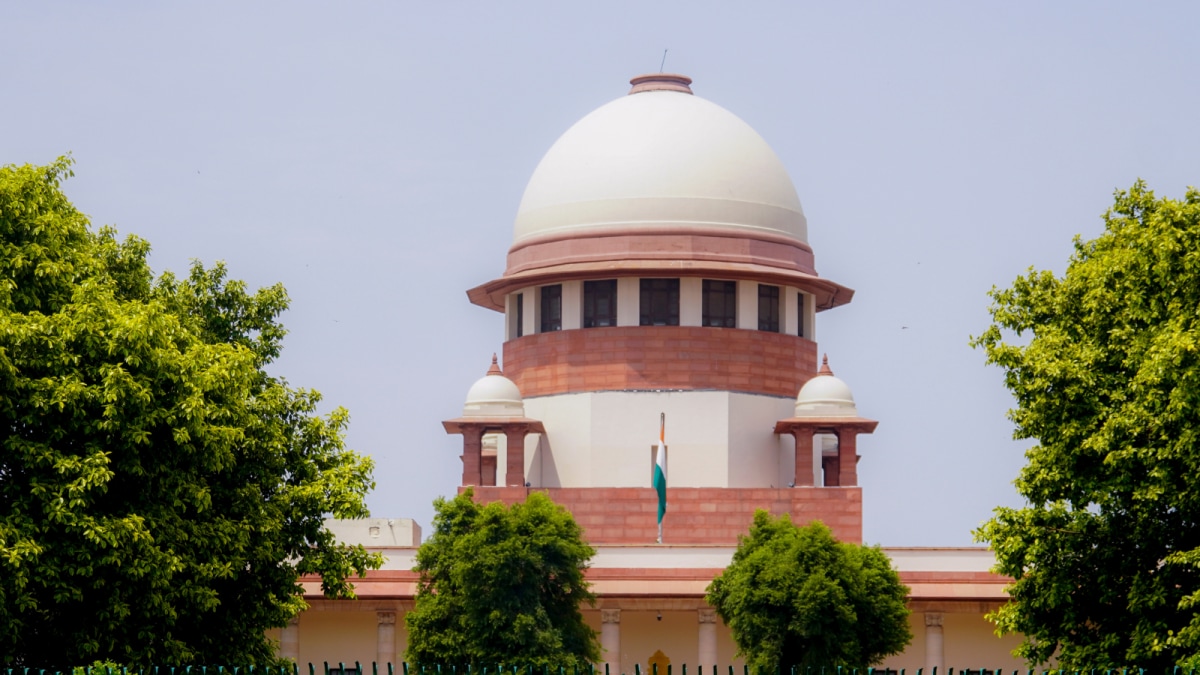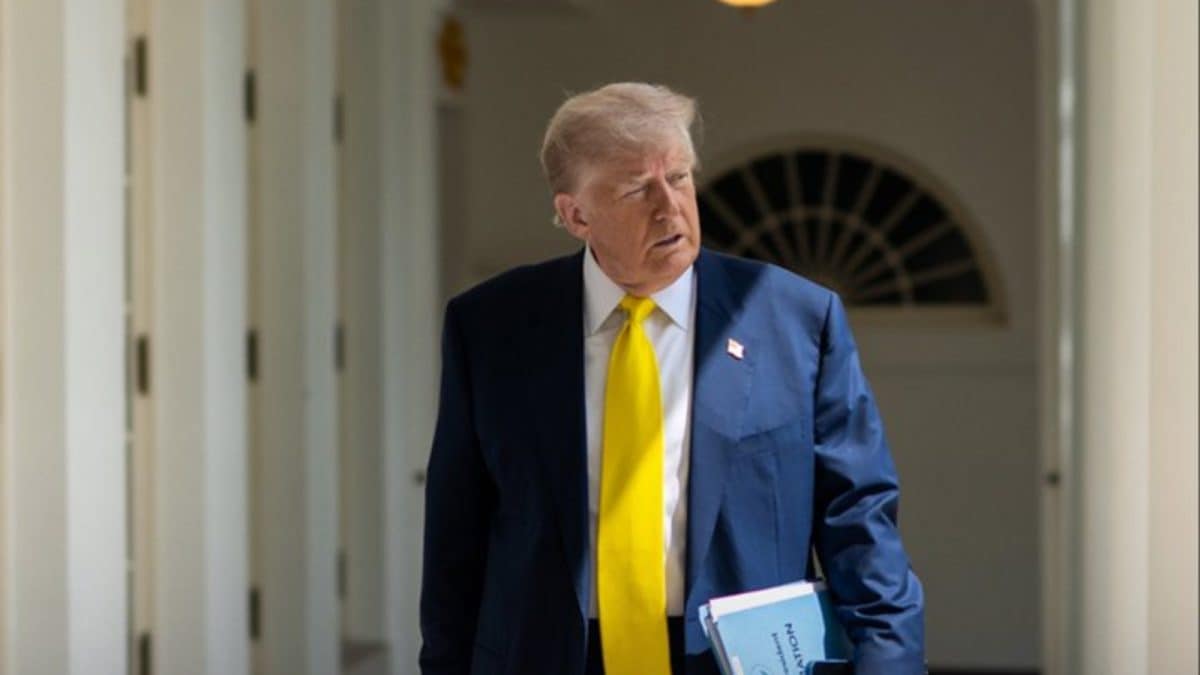GUWAHATI
The fifth death anniversary of Spility Lyngdoh Langrin, the matriarch who became the face of resistance to uranium mining in Meghalaya, has become a rallying point for local organisations to oppose any bid by the Centre to extract the radioactive element.
Langrin was 95 when she died on October 28, 2020. She became a household name when she rejected a lucrative offer from the government to buy her land in the uranium-rich Domiasiat area of the State’s South West Khasi Hills district after the Atomic Minerals Directorate undertook an exploratory drilling for uranium deposits in 1993.
“We observed her death anniversary as Anti-Uranium Day, reaffirming our strong and uncompromising stand against any bid to mine uranium in Domiasiat,” Lambokstar Marngar, the president of the Khasi Students’ Union (KSU), said on Tuesday (October 28, 2025).
The primary reason behind this resolution was an office memorandum issued recently by the Ministry of Environment, Forest, and Climate Change, exempting uranium mining from mandatory public consultations. “This exemption under the Mines and Minerals (Development and Regulation) Act is an assault on the rights of the indigenous people,” Mr. Marngar said.
The State has one of the country’s largest uranium reserves in the Domiasiat, Wahkaji, Mawthabah, and their adjoining areas in the West Khasi Hills district. Locals have resisted attempts to explore and extract the radioactive substance.
Leaders of the KSU’s district unit said they would never let Langrin, a symbol of courage, down.
Locals and members of other organisations, including the Hynniewtrep Youth Council, recalled how the matriarch’s actions inspired her community to resist the potential environmental damage and health complications from uranium mining. “Money cannot buy me freedom,” she said, motivating locals against selling off their ancestral lands for the mining project.
Meghalaya has one of the country’s largest uranium reserves in the Domiasiat, Wahkaji, and their adjoining areas of the South West Khasi Hills district. These villages are near the State’s border with Bangladesh.
The second phase of agitation led by Langrin began in 2009 after the Meghalaya government granted permission to the Uranium Corporation of India Limited to undertake exploratory activities on 422 hectares in the district. The State was then estimated to have 9.22 million tonnes of high-grade uranium ore deposits.
Relentless protests by locals, educated about the effects of uranium mining in Jharkhand’s Jaduguda, led to the government revoking the permission in August 2016.

 2 hours ago
4
2 hours ago
4









 English (US) ·
English (US) ·